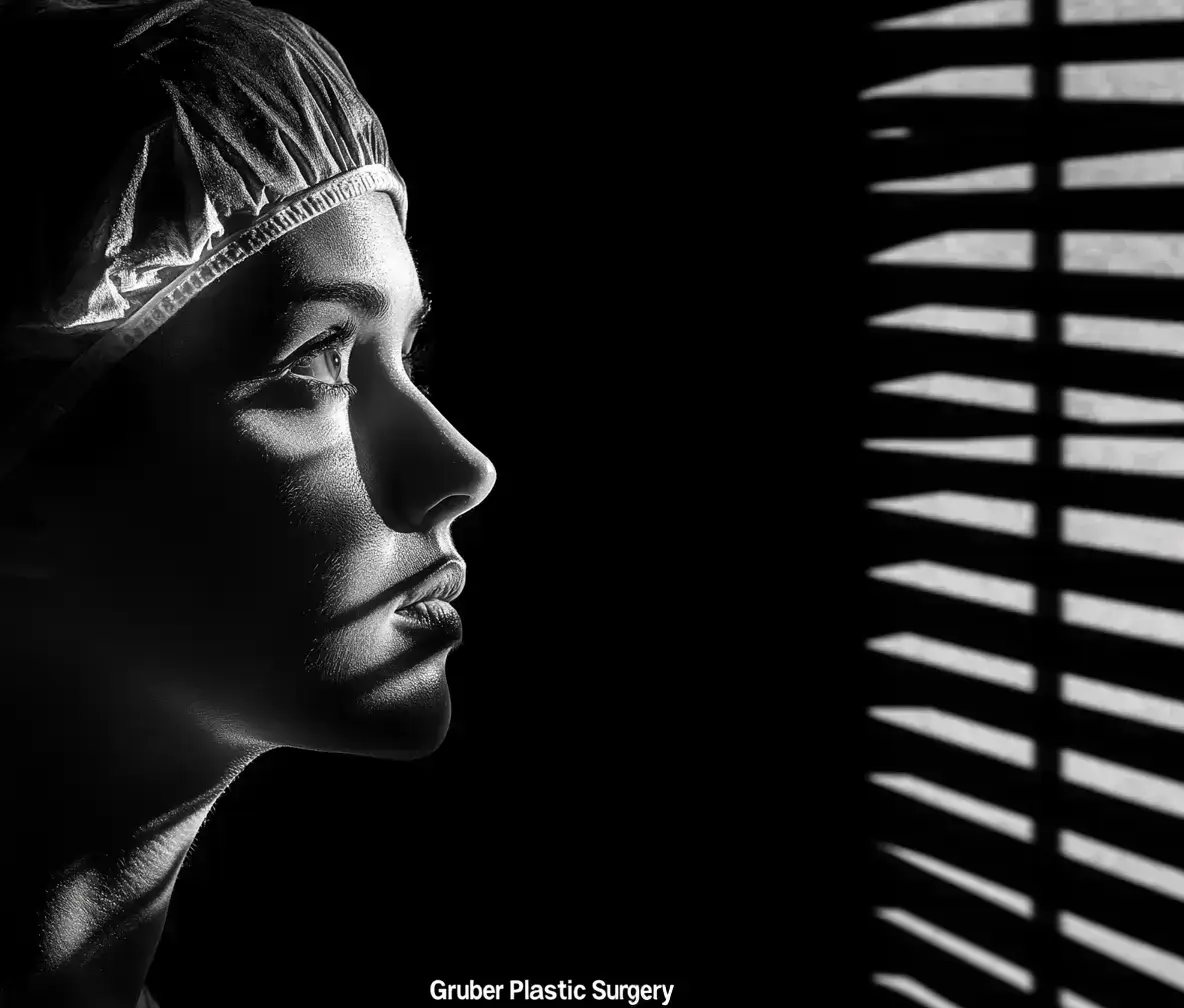The evolution of plastic surgery is a story of brilliant pioneers who sought to restore function and improve appearance.
Last updated:
September 5, 2025
The Origins of Plastic Surgery
Plastic surgery, a field often associated with modern beauty standards and cosmetic enhancements, has deep roots that stretch back thousands of years. While today we recognize the incredible advancements in both cosmetic and reconstructive surgery, the question remains: Who invented plastic surgery?
The evolution of plastic surgery is a story of brilliant pioneers who sought to restore function and improve appearance, often in the face of war, injury, and disease. In this article, we’ll explore the history of plastic surgery, introducing the key figures who shaped this field into what it is today.
The Beginnings: Ancient Origins of Plastic Surgery
The foundations of plastic surgery can be traced back to ancient civilizations, where the first recorded reconstructive surgeries were performed. Though techniques were rudimentary compared to today’s standards, these early practices laid the groundwork for the development of more sophisticated methods.
1. Sushruta: The Father of Plastic Surgery (Circa 600 BC)
One of the earliest pioneers of plastic surgery was Sushruta, an ancient Indian physician, often referred to as the father of plastic surgery. Living around 600 B.C., Sushruta authored the Sushruta Samhita, an ancient text that detailed medical knowledge, including early surgical procedures.
Sushruta’s Contributions:
- Rhinoplasty (Nose Reconstruction): Sushruta was famous for his groundbreaking work in rhinoplasty, or nose reconstruction, a critical procedure during a time when nose amputation was a common punishment for crimes. He described how to use a flap of skin from the forehead to reconstruct a nose, a technique still in use today.
- Skin Grafting: Sushruta’s text also detailed early forms of skin grafting, using skin from other parts of the body to repair facial injuries.
Sushruta’s pioneering techniques and knowledge of human anatomy were revolutionary, and his work is still regarded as the foundation of reconstructive surgery.
2. Ancient Egyptians and Reconstructive Techniques
The ancient Egyptians were also early practitioners of reconstructive surgery, although their contributions were more focused on repairing facial injuries caused by war or accidents. Egyptian mummification practices revealed their deep knowledge of human anatomy, which helped them develop surgical techniques for wound repair.
While their methods were less sophisticated than those of Sushruta, they were among the first to attempt the surgical reconstruction of body parts, particularly the face.
The Middle Ages: Plastic Surgery in Decline and Revival
After the fall of the Roman Empire, much of the medical knowledge from the ancient world was lost, and plastic surgery saw a decline during the Middle Ages. However, there were still notable advancements, particularly in Italy during the Renaissance, as surgeons sought to restore the knowledge of ancient texts and practices.
3. Gaspare Tagliacozzi: The Renaissance Pioneer
One of the most influential figures during the Renaissance was Gaspare Tagliacozzi (1546–1599), an Italian surgeon often regarded as the father of modern plastic surgery. Tagliacozzi is best known for his work on rhinoplasty and reconstructive techniques.
Tagliacozzi’s Contributions:
- Skin Flap Grafting: Tagliacozzi developed techniques for using skin flaps from a patient’s upper arm to reconstruct the nose, a method known as Italian flap surgery. This was an early form of skin grafting that allowed for more complex facial reconstructions.
- Restorative Surgery: Tagliacozzi’s work was primarily focused on repairing facial deformities caused by war injuries or disease, such as syphilis. His goal was not just cosmetic improvement but also restoring function to injured areas.
Tagliacozzi’s book, De Curtorum Chirurgia per Insitionem (On the Surgery of Defects by Grafting), published in 1597, became a foundational text for reconstructive surgery in Europe. His work was ahead of its time and helped pave the way for modern techniques in the field.
The 19th Century: The Development of Modern Plastic Surgery
The 19th century saw significant advances in anesthesia and sterile techniques, making surgery much safer and more accessible. These developments allowed surgeons to explore more complex plastic surgery procedures, particularly after the world wars, when reconstructive surgery became essential for treating wounded soldiers.
4. Sir Harold Gillies: The Father of Modern Reconstructive Surgery
Sir Harold Gillies (1882–1960), a New Zealand-born surgeon, is considered the father of modern reconstructive surgery. During World War I, Gillies treated soldiers who had suffered severe facial injuries in battle. His work focused on facial reconstruction, particularly for soldiers with disfiguring wounds from trench warfare.
Gillies’ Contributions:
- Facial Reconstruction: Gillies developed innovative techniques for facial reconstruction, including the use of skin grafts to repair noses, lips, and jaws. He performed over 11,000 operations on more than 5,000 men during his career.
- Pedicle Flap Surgery: One of Gillies’ most significant contributions was the development of the pedicle flap, a technique that involved keeping the blood supply intact while transferring skin to the injured area. This method greatly improved the success of skin grafts.
Gillies’ work was revolutionary in both the scope and effectiveness of reconstructive surgery, and his methods are still used as the foundation for plastic and reconstructive surgery today.
The 20th Century: The Rise of Cosmetic Surgery
While reconstructive surgery continued to evolve, the 20th century also saw the emergence of cosmetic surgery as a means of enhancing appearance. Cosmetic surgery gained popularity alongside the rise of Hollywood and a culture increasingly focused on beauty and youth.
5. Dr. John Davis: The Rise of Cosmetic Surgery
Dr. John Davis, a prominent American plastic surgeon in the early 20th century, was one of the pioneers who helped popularize cosmetic surgery. As Hollywood celebrities sought out plastic surgery to enhance their appearances, the general public began to see the possibilities of elective cosmetic procedures.
Davis’ Contributions:
- Aesthetic Focus: Davis was one of the first surgeons to focus on aesthetic improvements rather than solely reconstructive needs. Procedures like rhinoplasty, facelifts, and breast augmentation became more accessible to the public.
- Hollywood Influence: Davis’ work with Hollywood stars helped cement the idea of plastic surgery as a tool for achieving societal beauty standards. His contributions helped make cosmetic surgery more socially acceptable.
The Present: The Modern Era of Plastic Surgery
Today, plastic surgery is a multi-billion-dollar industry, with advancements in technology allowing for both minimally invasive and complex procedures. From non-surgical treatments like Botox and fillers to advanced techniques like laser-assisted surgery and awake liposuction, plastic surgery continues to evolve at a rapid pace.
6. Dr. Ivo Pitanguy: The Globalization of Plastic Surgery
Dr. Ivo Pitanguy (1926–2016), a Brazilian plastic surgeon, was one of the most influential figures in the modern history of plastic surgery. Known as the “philosopher of plastic surgery,” Pitanguy revolutionized cosmetic procedures, focusing on natural-looking results.
Pitanguy’s Contributions:
- Aesthetic and Reconstructive Balance: Pitanguy believed that plastic surgery should balance aesthetic improvements with psychological well-being. His philosophy emphasized that plastic surgery should not just enhance physical appearance but also improve emotional health.
- Brazilian Influence: Pitanguy’s influence helped make Brazil a global hub for cosmetic surgery. His techniques for facelifts, breast augmentation, and body contouring are still widely practiced today.
The Pioneers Who Shaped Plastic Surgery
The history of plastic surgery is rich with innovation, creativity, and a dedication to improving lives—whether through restoring function, repairing injuries, or enhancing beauty. From Sushruta and Gaspare Tagliacozzi to Sir Harold Gillies and Dr. Ivo Pitanguy, the pioneers of plastic surgery have laid the foundation for the sophisticated procedures we have today.
If you're considering plastic surgery, it’s important to choose a board-certified plastic surgeon like Dr. Meegan Gruber, who upholds the highest standards of safety and artistry in both cosmetic and reconstructive procedures.


%402x%20(2).svg)





